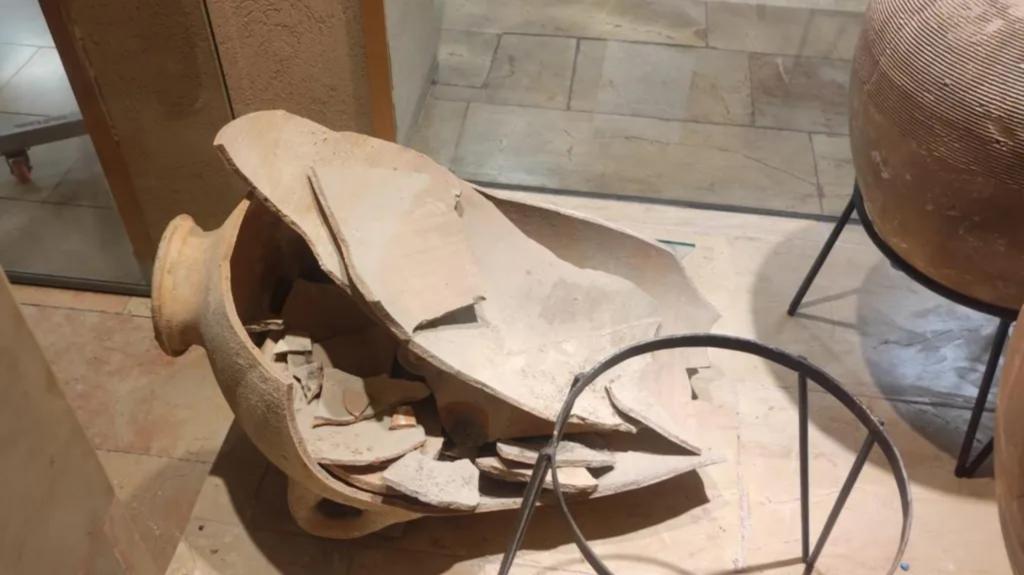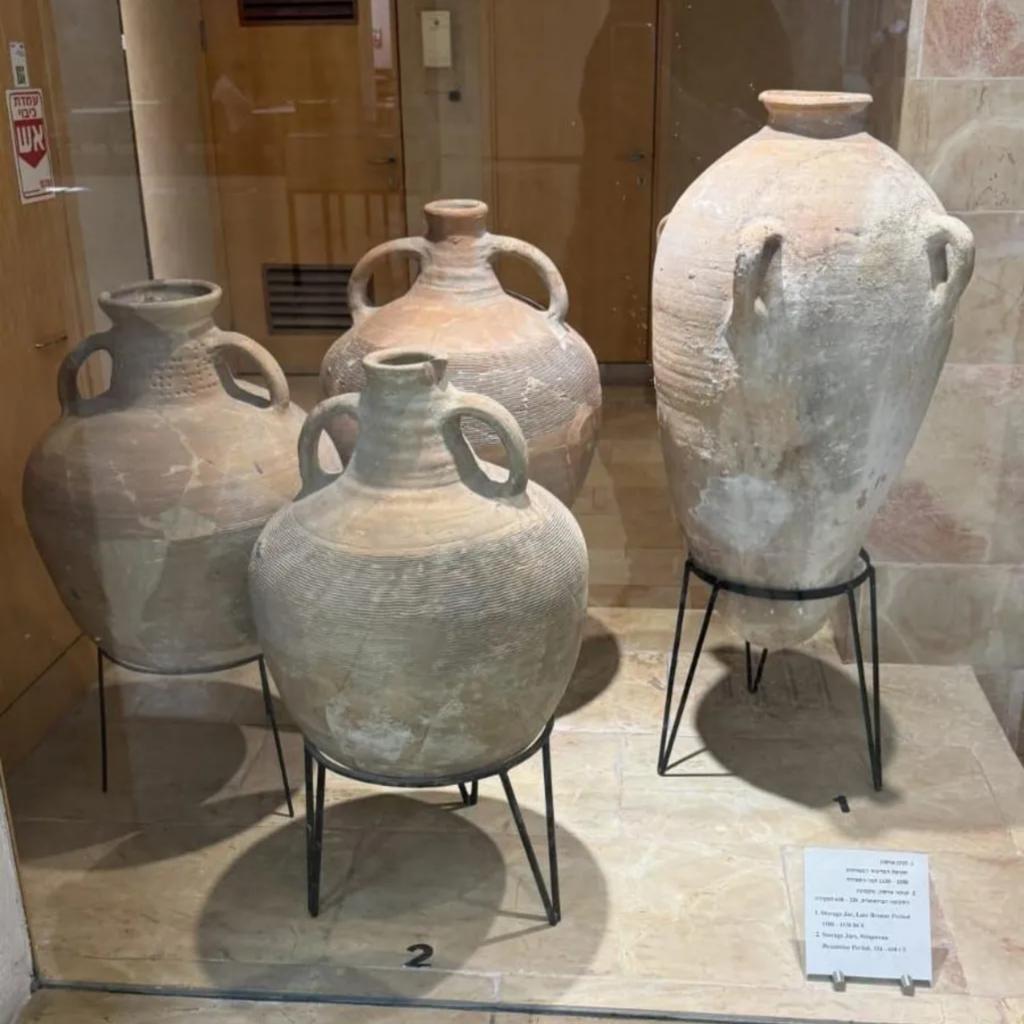Ancient Vase Mishap Sparks Debate on Museum Accessibility
A curious child’s accident at the Hecht Museum ignites a vital discussion on balancing artifact preservation with public accessibility.

Key Points
- A four-year-old boy accidentally broke a 3,500-year-old pitcher at the Hecht Museum
, highlighting the risks of open artifact displays.
- The museum emphasizes accessibility, allowing visitors to engage closely with artifacts while balancing the need for preservation.
- The incident sparked discussions on best practices for showcasing cultural heritage without compromising the integrity of ancient items.
Recently, an endearing yet unfortunate incident occurred at the Hecht Museum in Haifa,
, where a four-year-old boy accidentally knocked over a priceless, 3,500-year-old pitcher during a family visit. This mishap has brought to light crucial discussions about the preservation of ancient artifacts while striving to make cultural heritage accessible to the public.
The pitcher, dating back to the Middle Bronze Age (between 2200 and 1500 BC), was displayed openly at the museum, without protective glass, near the entrance. According to museum officials, this choice was intentional, made to showcase the artifacts in a way that allows visitors to appreciate them without barriers. As stated by Lihi Laszlo, a representative of the museum, “We believe there is a special charm in displaying archaeological findings unobstructed”.

This incident raises vital questions regarding the balance between accessibility and the protection of invaluable historic items. Though this particular mishap was accidental, it highlights the vulnerability of such artifacts in settings that encourage interaction without strict boundaries. The Hecht Museum has emphasized the importance of accessibility but must now navigate the potential fallout from this unexpected event.
Interestingly, the Hecht Museum is not alone in advocating for immersive experiences that invite visitors to engage closely with history. By displaying artifacts without traditional barriers, museums can foster a deeper emotional connection to the past. However, this approach must also consider the potential risks involved, as evidenced by the damage caused by a curious child.
The museum responded promptly to the situation, enlisting a conservation expert to restore the pitcher. They also invited the boy and his family to return for a guided tour, turning a potentially negative experience into an educational opportunity. This proactive move not only reassured the family but also showcased the museum's commitment to public engagement.

The Hecht Museum has a rich collection, curating objects that reflect the heritage of the region, including artifacts characteristic of ancient Canaan. This pitcher, in its intact form, was an impressive find, as many similar items discovered from archaeological digs often appear broken or incomplete. Restoring such artifacts not only preserves historical insights but also maintains their stories for future generations to appreciate.
As we examine this incident, we can draw broader insights regarding museum practices worldwide. How can institutions balance accessibility with the conservation of fragile historic items? Various museums have implemented policies for hands-on interactions with replicas rather than original artifacts, ensuring that the educational value remains intact while protecting priceless items.
Ultimately, this event serves as a reminder of the fine line museums must walk in their pursuit of accessibility versus preservation. While mistakes can lead to significant learnings, the focus should always be on nurturing an environment that encourages curiosity while understanding the responsibility that comes with it.
In retrospect, the Hecht Museum's response to the broken pitcher incident exemplifies an encouraging approach to challenges faced within cultural preservation. By inviting dialogue about accessibility and conservation, the museum not only repairs physical artifacts but also addresses the cultural narrative surrounding the importance of shared history. As they continue to display their collection openly, one can hope that future visitors, inspired by the museum's commitment to education and accessibility, will respect these magnificent pieces of the past.